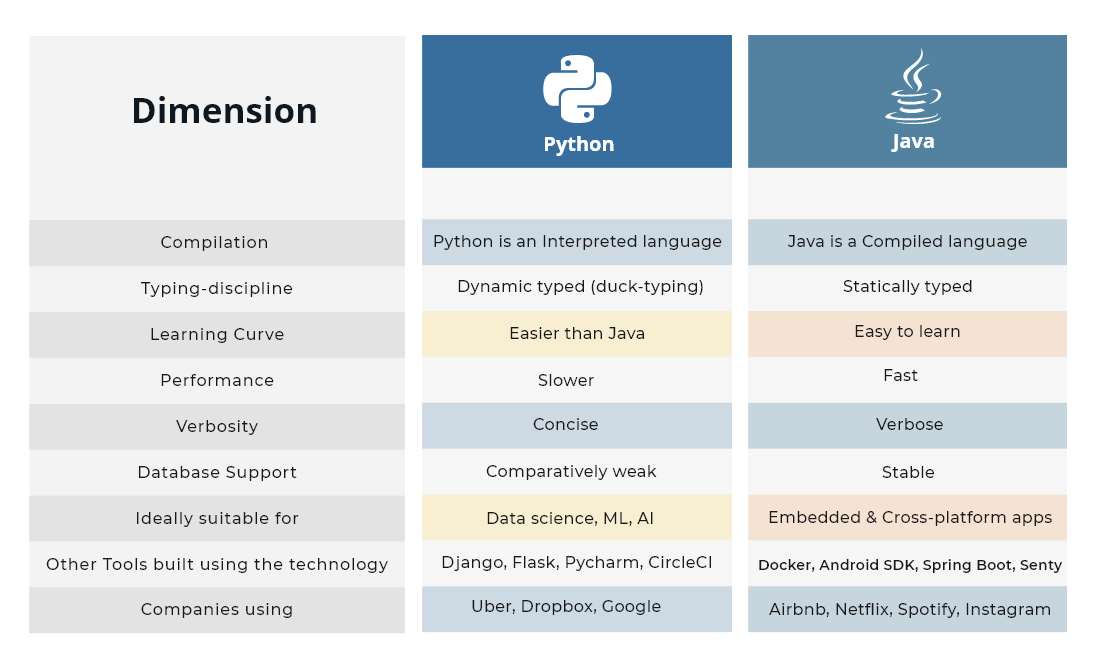

One potentially great advantage of Geogebra is that it "exports" naturally to the web. This is just the kind of thing you have to get used to in any new environment. E.g., the constant $\pi$ in numerics is rationalized when you input as $\pi$, but not when you input it as Pi (see last line). But this also leads to some results that a Mathematica user wouldn't expect. The difference between symbolic and numerical algebra is clearly indicated. What I show in the screen shot is some algebra functionality, and some calculus. But you can build rather complex applications with Geogebra, too. This shows the interface is more like a programmable calculator, and therefore has more in common with Maple than with Mathematica. It follows an object oriented paradigm, and has a set of basic algebra functionality, as shown in this screen shot: It's great for visualization and has typesetting capabilities similar to $\LaTeX$.
MATHSTUDIO SCRIPTING LANGUAGE COMPARISON FREE
But in that field, it does extremely well for a piece of free software:

It's only an alternative to Mathematica in a narrow range of applications in mathematics education. When Maple was mentioned as an alternative, that reminded me of another program that's sort of an alternative to Maple, especially for anything up to high-school level. GAP has advantage because CAG algos will need interaction with group and ring theory which it has already achieved. They are also willing to step in on working with "Computational Algebraic Geometry algorithms in which again Mathematica is a beginner. If you don't have idea I would say that simple algorithms to find subgroups of any group result in out of memory problem(with 4gb) with group of order 6 and with GAP's highly optimized approach you can calculate for order of 10,000. While GAP is so mature that it provides almost all the functionalities that is in Group theory of advanced level.It has been used to study groups of order of 10,000 and beyond. WebGL should still be the tool of choice for applications like realtime signal or waveform visualizations: See danchitnis/webgl-plot, huww98/TimeChart, epezent/implot, or commercial products like LightningChart®.If you are interested in group theory than you need to have "GAP" and "Magnus".These are open source and way beyond the functionality that Mathematica supports at this time.Ĭomparing more precisely with respect to group theory, Mathematica is like a starter in group theory though it supports all tools upon which you can build your Computational Group Theory algorithm implementations. However, if you need 60fps performance with massive streaming datasets, uPlot can only get you so far.

MATHSTUDIO SCRIPTING LANGUAGE COMPARISON CODE
In addition to fast initial render, the zooming and cursor performance is by far the best of any similar charting lib at ~35 KB, it's likely the smallest and fastest time series plotter that doesn't make use of context-limited WebGL shaders or WASM, both of which have much higher startup cost and code size. ΜPlot is a fast, memory-efficient Canvas 2D-based chart for plotting time series, lines, areas, ohlc & bars from a cold start it can create an interactive chart containing 150,000 data points in 135ms, scaling linearly at ~25,000 pts/ms.

UPlot - 📈 A small, fast chart for time series, lines, areas, ohlc & bars


 0 kommentar(er)
0 kommentar(er)
